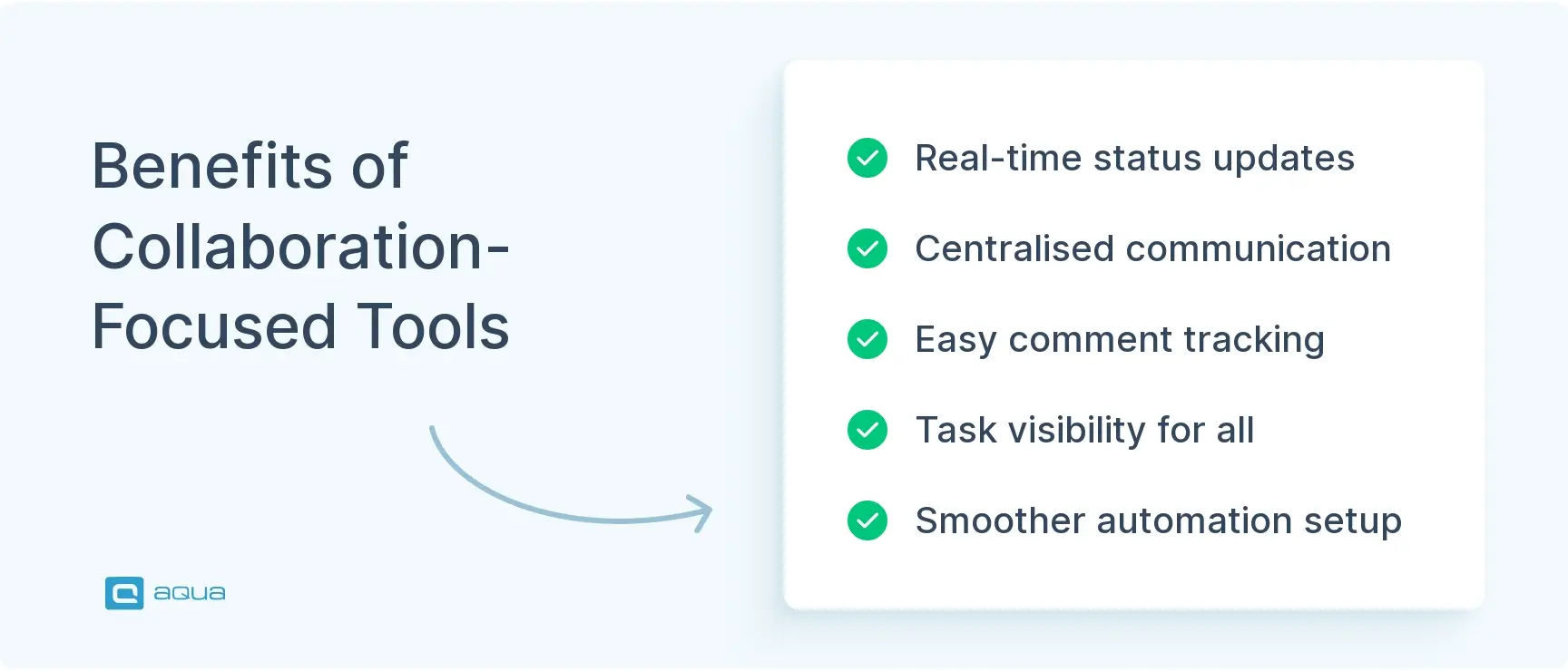Levels of Effective Testing Communication
Your QA communication probably sits somewhere on a maturity spectrum, and knowing where can change everything. At the basic level, you’ve got ‘Over the Wall’ style: those one-way status updates that land in inboxes but don’t spark much action.
Step it up to ‘Learning Communication’ and ‘Investigative Communication,’ and suddenly you’re having real conversations. Questions fly back and forth, and insights about the product emerge naturally.
But here’s where it gets interesting: teams that reach ‘Constructive Communication’ see their influence nearly double across the organisation. It pulls in stakeholders from everywhere, turning QA from a checkpoint into a strategic partner.
Tracking how many follow-up questions your reports generate would be a great starting point. Zero questions usually means you’re still throwing information over the wall. The beauty of advancing through these levels? Your team’s reputation shifts from ‘those people who find problems’ to ‘the group that prevents disasters.’ And that shift opens doors you didn’t even know existed.
Put things in writing
You’ll forget something crucial during verbal handoffs; it’s just human nature. That’s why smart test managers document everything using standardised templates in tools like Confluence or Notion.
You need to create a simple “test status update” template today with three sections: blockers, progress, and next steps. When your team uses the same format consistently, miscommunication drops almost immediately. Everyone stays aligned without those endless “wait, what did we decide?” moments. Some people just process information better by reading rather than listening, and there could be a language barrier at international teams, too.
There is also a case for a middle ground: you can back up verbal communication with written notes. A good example of that would be sprint retrospectives. The format screams for an in-person or Zoom meeting so everyone can share their opinions. It won’t, however, be as effective without conclusions that can be referenced later. Good meeting minutes are an essential practice for communicating as QA manager.
Implement a collaboration-minded test management solution
These days, most QA teams have thankfully moved on from Excel files that hindered even the near-perfect communication skills of test managers. The approaches of the past would mean disjointed task discussions, as your testers would have to scroll up some Skype messages to dig up details. It would be even worse when talking with developers who have their own operations going on.
Your test management platform should be doing the heavy lifting for team communication, and if it’s not, you’re working harder than necessary. Most modern solutions now bake collaboration right into their core functionality, connecting seamlessly with your existing issue trackers and CI/CD pipelines.
You have to look for platforms that throw everything onto a single dashboard – manual test results sitting right next to your automated runs. No more bouncing between tools to get the full picture. The game-changers are those seemingly small features that teams often overlook initially. In-app commenting keeps context where it belongs, smart notifications prevent important updates from getting buried, and solid APIs let your automation tools feed results directly into the conversation.
Audit how many different tools your team currently uses to track testing progress. If it’s more than three, you’re probably creating communication gaps without realising it.
Test management solution with comments, nudging, automated workflows, and in-app translation
A collaborative tool will also go a long way when you prepare the QA team for test automation. It will always take some communication to sync manual and automated testing. Using the right tool will save you a lot of time and frustration from both setting up and handling these two types of testing.

Communication for Remote Teams: Synchronisation Problem
Remote and hybrid QA teams need to get smart about async communication. Here’s the thing – when you default to async updates, you’re actually protecting everyone’s focus time.
Document decisions in shared tools where the whole team can find them later. Daily standups work better as written posts in dedicated channels rather than yet another meeting that interrupts deep work.
And always follow up sync meetings with written summaries. Why? Because nearly 40% of remote workers say they’ve missed important context from meetings they couldn’t attend. Save your face-to-face time for complex problem-solving or when you need real-time brainstorming – everything else can happen async. The bonus? Your international teammates will thank you for not scheduling calls at 6 AM their time.
Avoid direct messaging when relevant
People on QA teams are often interchangeable in what they do and could be doing instead. Unless you’re discussing a highly specific or work discipline matter, the right way to communicate effectively as a QA manager is to do it publicly. This will be a natural invitation for your senior colleagues to chip in, but also a point of reference for less experienced testers.
One neat solution could be a public chat with everyone on the team that is muted by default. People can mention colleagues for them to get notifications while others continue through their tasks undisturbed. Trust us, curiosity will take over: even people that weren’t mentioned in the chat for a couple of days will open it. Even if there is no input or learning opportunity at the time, knowing what is on your colleagues’ minds helps the process.
While not directly affecting the work itself, direct messaging has a negative impact on the team aspect of work. It has been hard enough to feel you are truly one team with forced and voluntary shifts to remote or hybrid work. Don’t make it worse by excluding colleagues where you shouldn’t.
Let your team know where they stand
It’s not just task-centred communication that a task manager has to be good at. As a person responsible for the QA success of the project, you’re also responsible for helping people know if they are on track. This is not a short-term goal either: proper development of QA specialists is in the best interest of your department (and the company).
Before giving testers any feedback, it’s important to see what is going on. Dashboards are a good place to apply QA manager’s skills and get some insights. You can use dashboards to track progress across several sprints, e.g. observe ratio of defects found during testing vs found after release. Dashboards can be useful to see if the QA effort is on time for an upcoming release, too. Select few tools (including aqua) even offer KPI Alerts that let you know if your team still has too many Critical issues to handle.
On a day-to-day basis, the regular Scrum ceremonies help everyone to see if they are keeping up. Daily standups are where your team shares their progress and brings up issues. Retrospectives aggregate improvement ideas on both individual and team level to make everyone’s work better.
On a more personal level, it’s primarily two things that you need to deliver. The first one is giving everyone a personal development plan. Completing actionable goals from them would benefit both the company and the employee. The second important thing is giving personal feedback where relevant. Senior testers will usually be the ones providing feedback on regular tasks, but it’s great when you can approach the QA manager for wider topics.
Conclusion
As a QA manager, you have a number of ways to communicate effectively both within and outside the QA team. It becomes even more important when you adopt and maintain automated software testing flow that puts extra teamwork burden on both the QA and development team. You can ease that by good communication.
Amplify excellent QA communication with a powerful testing tool

















